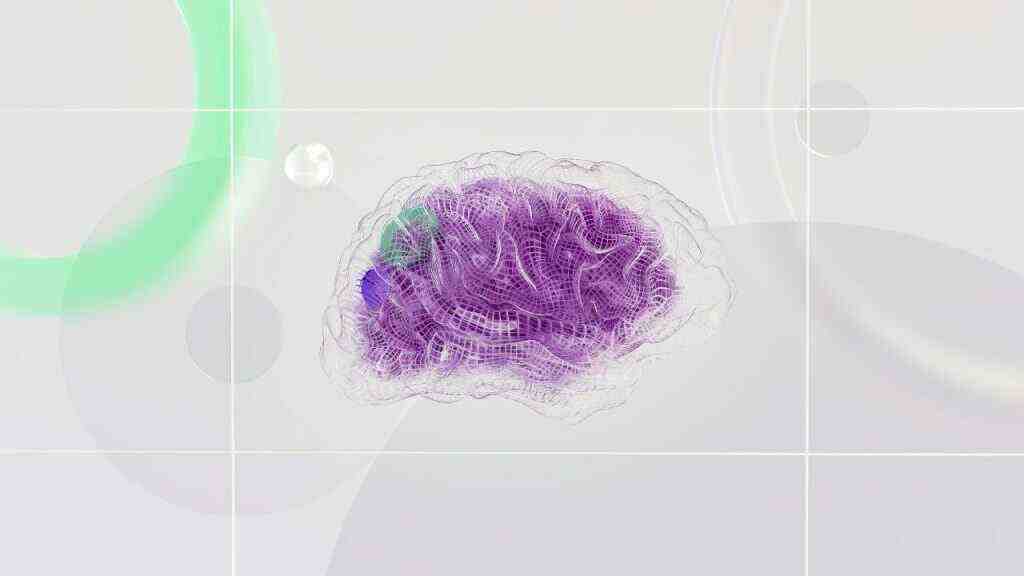Astrocyte Detection and Segmentation: Illuminating the Microscopic World of the Brain
In the vast and intricate landscape of the human brain, astrocytes, a type of glial cell, play a pivotal role in maintaining neuronal health, regulating synaptic activity, and shaping neural circuits. Understanding the intricate details of astrocyte morphology, distribution, and interactions with other neural components is crucial for unraveling the complexities of brain function and pathology.
Deep Learning: A Revolutionary Tool for Astrocyte Exploration
The advent of deep learning, a branch of machine learning, has revolutionized the field of image analysis, including the detection and segmentation of cells and tissues in biomedical images. Convolutional Neural Networks (CNNs), a type of deep learning model, have demonstrated remarkable prowess in various image-based tasks, including astrocyte detection and segmentation.
CNNs excel at recognizing patterns and extracting meaningful features from images. Their ability to learn from large datasets and generalize to new data makes them ideally suited for the task of astrocyte detection and segmentation. Deep learning models can effectively identify and delineate astrocytes in brain tissue images, providing researchers with valuable insights into their cellular architecture and distribution.
Challenges in Rodent-to-Human Generalization: Bridging the Species Gap
While deep learning models have achieved promising results in astrocyte detection and segmentation in rodent tissue studies, a significant challenge lies in ensuring that these models can effectively generalize to human tissue. This challenge stems from the inherent differences in tissue morphology, staining techniques, and image quality between rodent and human brain samples.
Rodent brain tissue is often more densely packed with cells and has a different cellular architecture compared to human brain tissue. Additionally, staining techniques used to visualize astrocytes can vary between species, leading to differences in image appearance. These factors can confound deep learning models trained on rodent data, making it difficult to accurately detect and segment astrocytes in human brain tissue.
The Human Astroglia Dataset: A Milestone in Astrocyte Research
To address the challenge of rodent-to-human generalization, researchers have introduced a comprehensive annotated dataset for the detection and evaluation of astroglia in post-mortem human brain tissue. This dataset, generated using formalin-fixed, paraffin-embedded tissue blocks provided by the Netherlands Brain Bank and the Oxford Brain Bank, represents a significant stride in this field.
The Human Astroglia Dataset consists of over 100,000 annotated astrocytes across different brain regions, providing a rich resource for training and evaluating deep learning models for astrocyte detection and segmentation. The dataset’s annotations were carefully generated by expert annotators, ensuring high-quality and reliable labels.
Annotation Process and Evaluation: Ensuring Accuracy and Consistency
The annotation process involved identifying and labeling astrocytes with bounding boxes, capturing their spatial location and extent within the tissue image. The annotations were saved in the COCO format, a widely used standard for object detection and segmentation tasks. This format facilitates the training and evaluation of deep learning models on the dataset.
To evaluate the performance of deep learning models on the Human Astroglia Dataset, researchers employed the COCO metrics and the Free-Response Receiver Operating Characteristic (FROC) analysis. These metrics assess the model’s ability to accurately detect and segment astrocytes, taking into account factors such as precision, recall, and the model’s ability to distinguish between true and false positives.
Promising Results and Generalization to New Data: Paving the Way for Human-Specific Insights
Baseline deep learning models trained on the Human Astroglia Dataset demonstrated promising results, generalizing to new patients, different brain regions, and performing comparably to human annotators. This indicates the potential of deep learning models to effectively detect and segment astrocytes in human brain tissue, providing a valuable tool for researchers studying astrocyte biology and pathology.
The ability of deep learning models to generalize to new data suggests that these models can be used to study astrocytes in various contexts, including healthy and diseased brain tissue. This opens up new avenues for research into the role of astrocytes in brain function and dysfunction, paving the way for the development of novel therapies for neurological disorders.
Conclusion: Unlocking the Secrets of the Brain, One Astrocyte at a Time
The field of neuroscience continues to make significant strides in understanding the intricacies of the human brain through sophisticated methods and technologies. Deep learning-based astrocyte detection and segmentation represent a powerful tool for unraveling the mysteries of these enigmatic cells, shedding light on their role in brain function, development, and disease.
As research progresses, we can expect further breakthroughs in astrocyte biology, leading to a deeper understanding of brain function and pathology. This knowledge holds the promise of improved diagnostics and therapies for neurological disorders, ultimately improving the lives of millions affected by these debilitating conditions.
